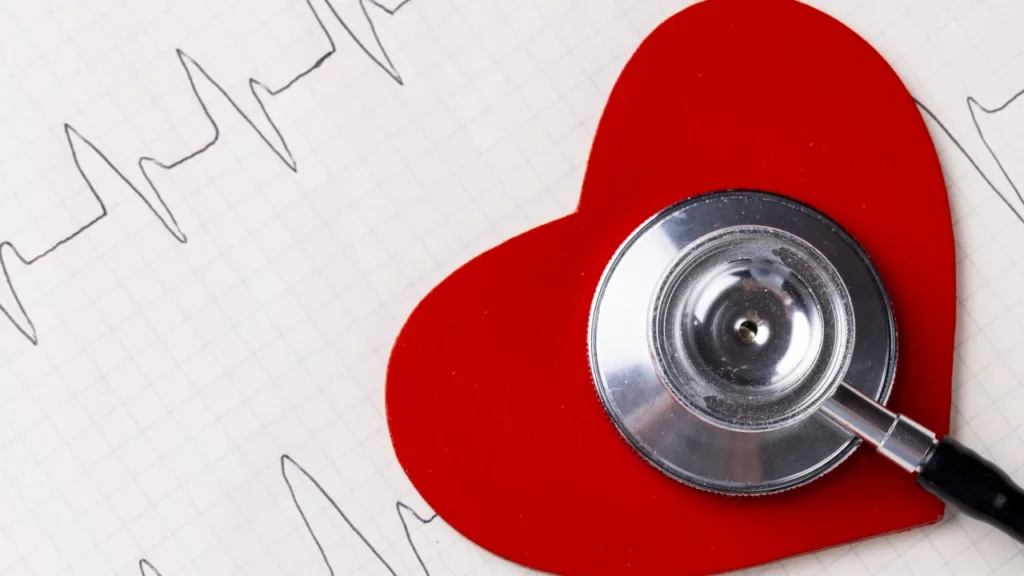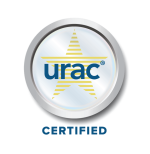Remote Patient Monitoring (RPM) systems hold significant promise for the management of heart failure, offering the potential to improve patient outcomes, reduce hospital readmissions, and enhance the efficiency of healthcare delivery. However, despite these benefits, the widespread adoption of RPM technologies faces numerous challenges. These barriers can be broadly categorized into technological, regulatory, and patient-related factors. This article explores these challenges in detail, shedding light on the complexities involved in integrating RPM systems into heart failure management.
Technological Barriers
- Interoperability Issues
- One of the primary technological barriers is the lack of interoperability between different RPM devices and healthcare information systems. Many RPM systems operate on proprietary platforms, making it difficult to integrate data seamlessly into Electronic Health Records (EHRs). This fragmentation hinders the efficient sharing and analysis of patient data.
- Data Security and Privacy Concerns
- The sensitive nature of health data necessitates stringent security measures. RPM systems must comply with regulations such as the Health Insurance Portability and Accountability Act (HIPAA) in the United States. Ensuring data encryption, secure storage, and transmission protocols can be challenging, particularly for smaller healthcare providers.
- Connectivity and Infrastructure
- Reliable internet connectivity is essential for the effective functioning of RPM systems. In rural or underserved areas, the lack of robust digital infrastructure can impede the adoption of these technologies. Additionally, the high cost of implementing and maintaining the necessary infrastructure can be prohibitive for some healthcare providers.
- Technical Support and Maintenance
- Ongoing technical support and maintenance are critical for the smooth operation of RPM systems. Healthcare providers need access to skilled personnel who can troubleshoot issues and ensure that devices function correctly. The lack of such support can lead to downtime and decreased reliability of monitoring systems.
Regulatory Barriers
- Complex Regulatory Environment
- The regulatory landscape for RPM systems is complex and varies significantly across regions. In the United States, for instance, the Food and Drug Administration (FDA) regulates medical devices, including RPM systems. Navigating these regulatory requirements can be daunting for manufacturers and healthcare providers, leading to delays in the deployment of new technologies.
- Reimbursement Challenges
- Reimbursement policies for RPM services are often unclear or inconsistent. While some insurance providers and government programs offer reimbursement for RPM services, others do not, creating financial uncertainty for healthcare providers. This inconsistency can discourage providers from investing in RPM technologies.
- Licensing and Credentialing
- Healthcare professionals using RPM systems must comply with licensing and credentialing requirements, which can vary by state or country. These requirements can limit the ability of healthcare providers to offer RPM services across different jurisdictions, thereby restricting the potential reach of these technologies.
Patient-Related Barriers
- Digital Literacy
- A significant barrier to the adoption of RPM systems is the varying levels of digital literacy among patients, particularly older adults who are more likely to suffer from heart failure. Patients may struggle to use RPM devices effectively, leading to suboptimal monitoring and potential frustration.
- Patient Engagement and Compliance
- Successful RPM relies on active patient participation. Patients need to consistently use the monitoring devices and adhere to their prescribed treatment plans. Lack of engagement or compliance can diminish the effectiveness of RPM systems and lead to poor health outcomes.
- Trust and Acceptance
- Building trust in RPM technologies is crucial for widespread adoption. Patients may have concerns about the accuracy of remote monitoring, data privacy, or the impersonal nature of remote care. Addressing these concerns through education and transparent communication is essential for gaining patient acceptance.
- Cost and Accessibility
- The cost of RPM devices and associated services can be a barrier for some patients, particularly those without comprehensive health insurance. Additionally, ensuring that RPM technologies are accessible to all patients, including those with disabilities, is crucial for equitable healthcare delivery.
Overcoming Barriers in Heart Failure Management: How DrKumo’s RPM Solution Addresses Key Challenges
DrKumo’s Remote Patient Monitoring (RPM) solution is designed to tackle the significant challenges associated with the adoption of RPM systems for heart failure management. By addressing technological, regulatory, and patient-related barriers, DrKumo offers a comprehensive and innovative approach to improve patient outcomes and streamline healthcare delivery.
Technological solutions: DrKumo’s platform ensures seamless interoperability with various Electronic Health Records (EHR) systems, facilitating efficient data integration and sharing. The solution incorporates robust data security measures, including encryption and secure transmission protocols, to protect patient information. Additionally, DrKumo provides reliable connectivity options and extensive technical support to ensure uninterrupted monitoring and device functionality.
Regulatory compliance: Navigating the complex regulatory landscape is simplified with DrKumo’s RPM solution. The platform is designed to comply with relevant regulations such as HIPAA, ensuring that patient data is handled according to the highest standards. DrKumo also assists healthcare providers in understanding and meeting reimbursement requirements, thereby reducing financial uncertainties associated with RPM services.
Patient engagement: DrKumo prioritizes patient engagement and ease of use. The user-friendly design of its RPM devices caters to patients of all ages and digital literacy levels. Through comprehensive onboarding and continuous support, DrKumo encourages patient participation and adherence to monitoring protocols. Educational resources and transparent communication help build trust and acceptance of remote care among patients.
By addressing these key challenges, DrKumo’s RPM solution paves the way for more effective and widespread use of remote monitoring in heart failure management, ultimately enhancing patient care and reducing healthcare costs.
Takeaways
The adoption of Remote Patient Monitoring systems for heart failure management is fraught with challenges. Overcoming technological, regulatory, and patient-related barriers requires concerted efforts from healthcare providers, policymakers, technology developers, and patients. Addressing interoperability issues, ensuring robust data security, simplifying regulatory requirements, providing clear reimbursement policies, and enhancing patient engagement are critical steps towards realizing the full potential of RPM systems in improving heart failure management and patient outcomes.
Take the First Step Towards Enhanced Heart Failure Management with DrKumo’s RPM Solution! Empower your healthcare practice with DrKumo’s innovative Remote Patient Monitoring (RPM) solution. Seamlessly integrate patient data, ensure regulatory compliance, and foster patient engagement for improved outcomes. Contact us and join the journey towards streamlined healthcare delivery and cost reduction today!
Disclaimer: The information provided in this article, “Challenges and Barriers in the Adoption of Remote Patient Monitoring System for Heart Failure,” is for general informational purposes only. It is not intended as professional advice, nor should it be relied upon as a substitute for professional medical or technological consultation.









